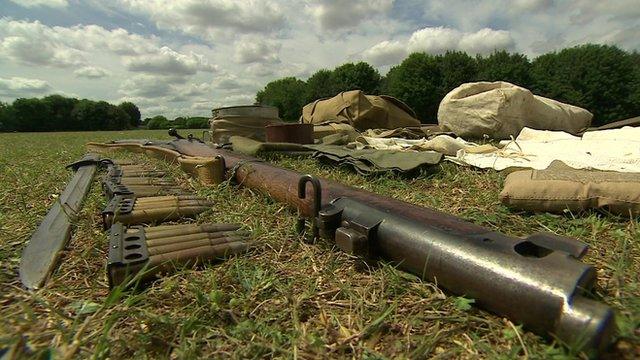WW1 100 years: From the trenches to Versailles
- Published
The BBC's Fergal Keane looks at the continuing legacy of World War One
World War One stretched from Belgium in August 1914 to the palace of Versailles, external in France in 1919, where the treaty to create a new world order was signed.
At Fort Loncin near Liege we walk down a steep ramp through the iron gates and enter a preserved world, a wilderness of concrete and steel kept as it was left when German artillery destroyed the Belgian defences at the start of the war.
Try to imagine a landscape through which a malign giant has trampled: metal turrets twisted and thrown to one side, thick concrete hurled in chunks over a green hillside, a pool on which mayfly dance which now fills the crater caused when the gunpowder magazine exploded.
The curator of the Fort Loncin museum, external, Fernand Moxhet, guides us through the remains of what was once an immense fortification. Wistfully he points to a huge mound of broken masonry.
"There are hundreds of men buried in there," he says. In the surviving tunnels we see the coffins left behind from the rescue efforts of 100 years before.
When the Germans swept into Belgium on 4 August, Fort Loncin and the other defences around Liege stood in the way of a swift advance.

Inside the Fort Loncin museum visitors can see the instruments of war as they used to be
In the museum there is a regimental drum sitting above a Maxim gun - whose withering fire would claim so many lives in the Great War.
The juxtaposition of drum and machine-gun stands as a reminder of how war changed in the 100 years since Napoleon's armies had threatened the peace of Europe in this area.
Before we leave, Fernand Moxhet says: "These men fought for belief in their country. In World War Two they fought because they had to. Nowadays we don't want to fight at all."
Enduring bonds
The war also saw the first victims of a phenomenon that would blight the modern age: civilian victims of atrocity and indiscriminate shelling.
Millions would be killed and uprooted during the course of the conflict, from the lands of the Ottoman and Russian empires in the east to the towns and cities of the western front.
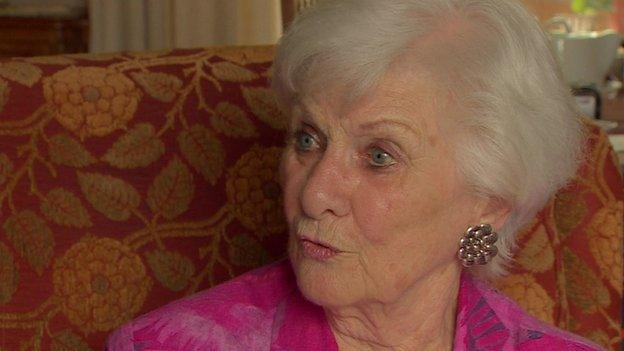
Madeline Loix remembering her war refugee mother
More than 1,000 Belgians fled to Britain to escape the German advance. Among them were the Loix family from Liege, who went to York where the father found work in the Rowntree's sweet factory.
We met their descendants in a terraced house outside Liege. They are still firm friends with the families of the people who originally gave shelter to their ancestors in 1914.
"It is as if we are all one family," says Madeline Loix. Now in her eighties, she remembers her mother telling her about the kindness of strangers in the north of England.
"They came to the house in York and asked was there anything the family needed," she says. "They made our family so very welcome."
The road south leads us across the battlefields, the ubiquitous poppies sprouting along the verge among the other wildflowers.
This land has long returned to the pasture and tillage of pre-war years. It is the cemeteries which remind one of the immense cost in human life that defines these fields and woodlands.
We cross the old front lines, motor down quiet country roads and always, over the brow of the next hill or tucked away in the corner of a field, we see the gardens of white stone that signify the resting places of men cut down by machine-gun fire, blown up by artillery, poisoned by gas, shot by snipers, wasted by infection, shot for desertion - all the grim eventualities for the men who never returned home.
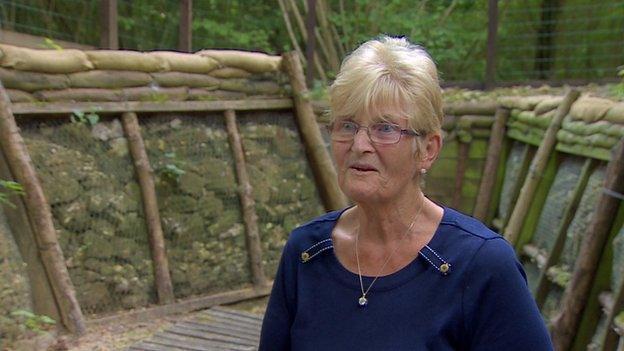
Phoebe Colligan in a preserved trench at Thiepval Wood
Phoebe Colligan has a unique perspective.
For the last 13 years she and her husband Teddy, both from east Belfast, have been custodians of the preserved trenches at Thiepval Wood, external, where her grandfather, Pte Charles Grundy of the Royal Inniskilling Fusiliers, fought. Charles joined up in 1914 and survived until two weeks before the end of the war.
They have lived on the battlefield tending the trenches and running the museum at the Ulster Tower, erected in memory of the men from Irish regiments who fell on the Somme.
"People ask me if it feels ghostly to live here," she says, "and I tell them there are no ghosts here, only decent men."
Phoebe feels passionately about the need to remember the dead: "Sure what was the point of them coming here at all if we don't remember? They might as well have stayed at home."
Unfinished business
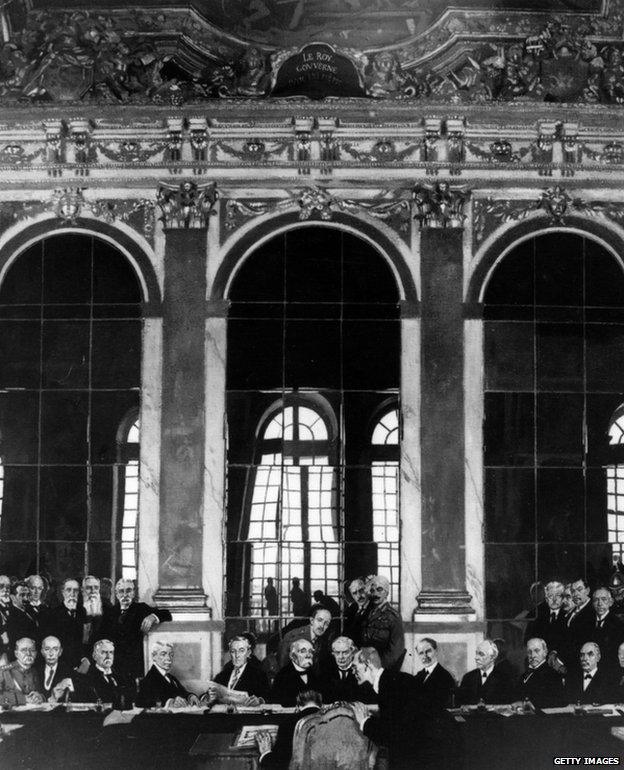
The signing of the Treaty of Versailles on 28 June 1919
Our war journey concludes where men gathered at the end of 1918 to begin the process of constructing a new world order.
Some of the more idealistic peacemakers who came to the great palace of Versailles outside Paris believed that they might forge a treaty that would end war for all time.
Today the Hall of Mirrors where the treaty was signed in June 1919 remains exactly as it was when Woodrow Wilson of America, Lloyd George for Britain and Georges Clemenceau of France and the other representatives of victorious nations watched defeated Germany sign a humiliating treaty.
Walking through the hall one feels its magnificence, but also the heavy weight of history in the air. For here nothing was really settled.
Clemenceau said later that it was "easier to make war than peace". His own insistence on the crippling terms to be imposed on Germany made this a self-fulfilling prophecy.
Within 20 years Europe was at war again and France crumbled before a German onslaught.
Many of the decisions reached at Versailles continue to impact into the modern age.
In Israel and Palestine, Syria and Lebanon and Iraq we witness the unfinished business of the Great War and the Treaty of Versailles.
It is this reality, along with our memory of the dead, that makes the Great War our war.
- Published4 August 2014
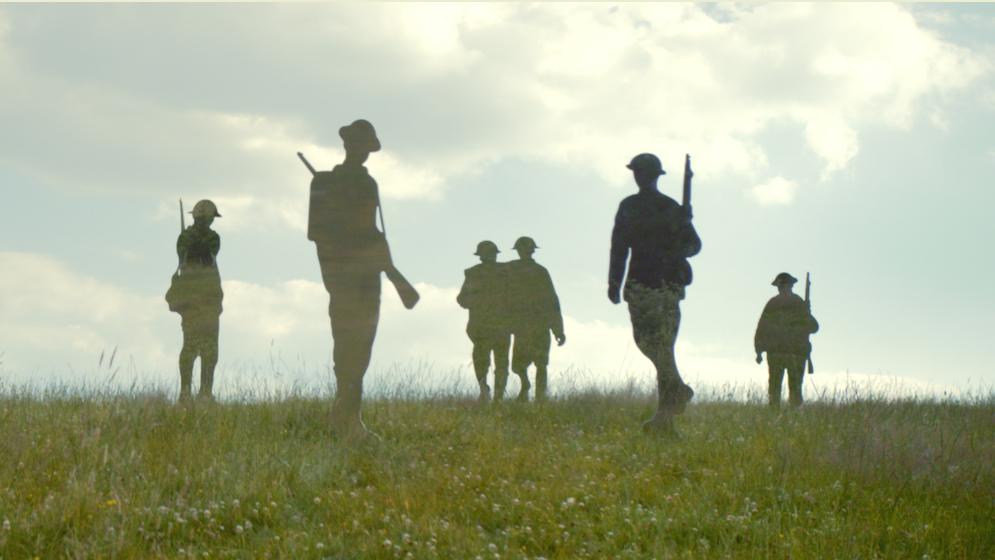
- Published2 August 2014
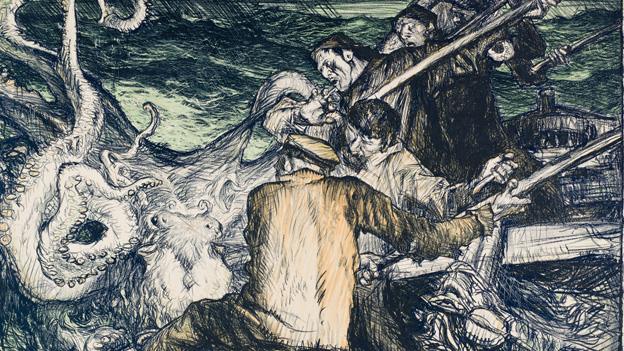
- Published1 August 2014

- Published31 July 2014
